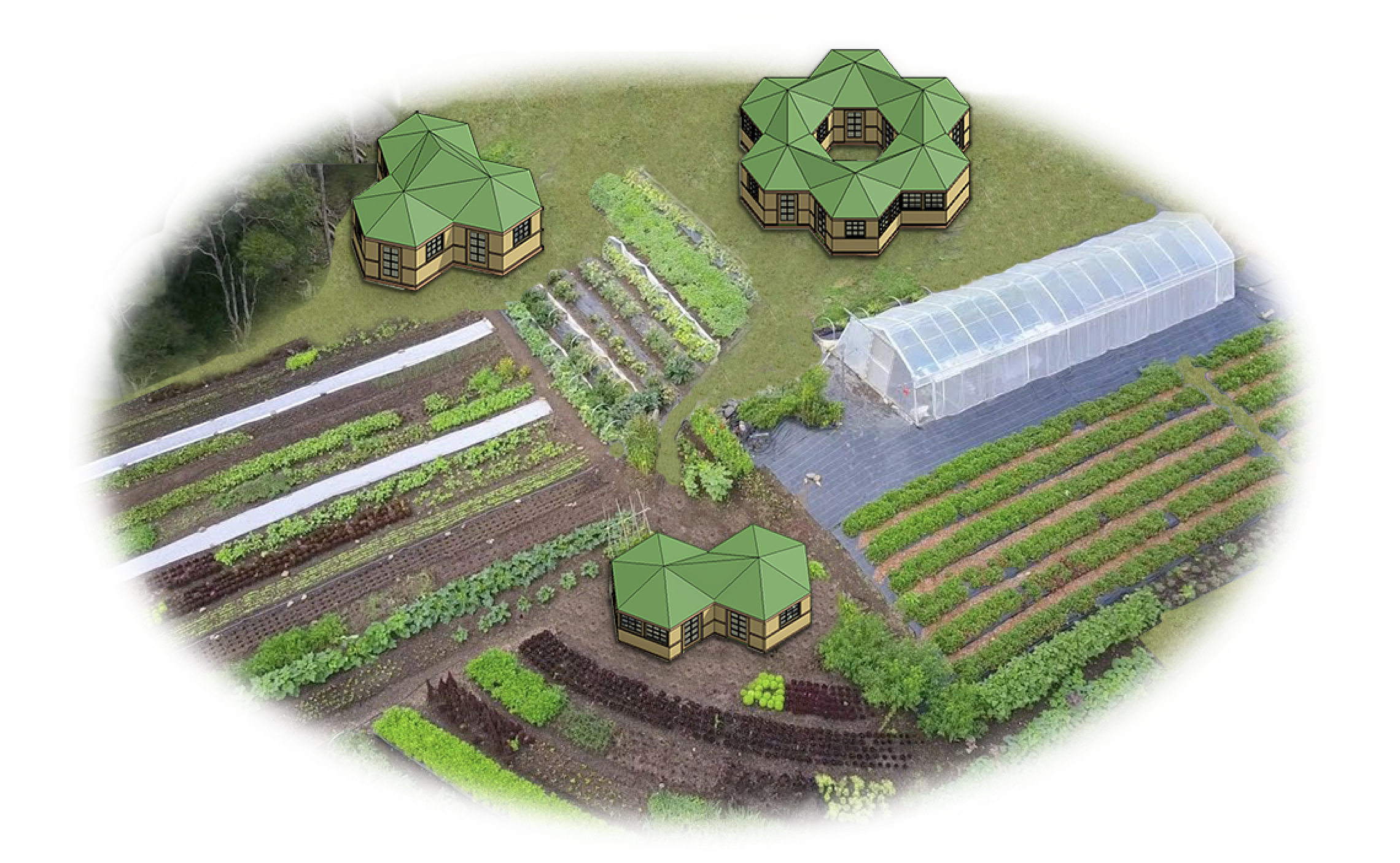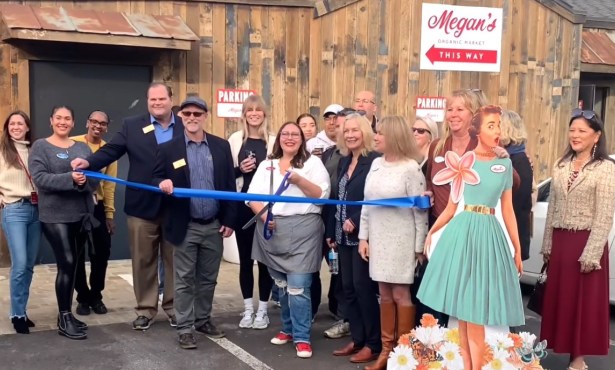Introducing GeoComb Homes
Father-Daughter Start-Up Will Be Featured at 2nd Annual Housing Santa Barbara Day

De la Guerra Plaza is playing host this weekend to the 2nd Annual Housing Santa Barbara Day, where workshops will cover home ownership programs, the rights and responsibilities of tenants, and accessory dwelling unit (ADU) permitting. Organized by the Housing Authority of the City of Santa Barbara, the October 19 event from 10 a.m. to 2 p.m. will also offer free trolley tours of affordable complexes in and around downtown, not to mention food trucks, face painting, and music by Spencer the Gardener.

Among the presenters hand-picked by the Housing Authority is GeoComb Homes, an alternative housing start-up being bootstrapped by Santa Barbara residents James Spitzer and his daughter Ayla Armstrong. GeoComb’s small, stand-alone structures ― which appear to occupy their own category of dwelling, somewhere between a yurt and a tiny home ― offer residents an easy and relatively inexpensive way to expand their living space, Spitzer said. At just under 120 square feet, they’re considered a “utility shed” in the eyes of the government and so don’t require the pricey plans and lengthy development permits normally needed for home additions. They also make a perfect music studio, “she shed,” or meditation space, he said.
With a long professional background in drafting and construction, Spitzer saw how wasteful and expensive traditional building could be. His lightbulb moment for GeoComb Homes came a few years ago while he was working on a gazebo, and he soon put pen to paper. Now, he and Armstrong are taking early orders through their website (geocombhomes.com) and will be on hand this weekend to sign up more clients. The starting cost is $24,000. While that may sound like a lot, Spitzer said, it’s a pittance compared to the price of a regular home add-on.
Spitzer said the beauty of the units is their versatility. They can have adjustable feet, sit on pier blocks, or be placed right on a deck. Their roofs are divided into six triangle panels with an opening in the middle that can let in light or air or be fitted with stove pipe. Each panel can be made solid or customized with a skylight, solar panel, or rain catchment. Appliances and furniture can be dropped in, he went on, and their hexagonal shape allows for multiple units to be joined together, either as one large room or as separate living spaces. Most importantly, the whole thing is lightweight and transportable.
Long-term, Spitzer and Armstrong, who’s a semester away from graduating SBCC, see GeoComb as a vehicle for truly sustainable living. “We want to make it easy to transition to an off-grid lifestyle,” Spitzer explained. They also want to offer units as disaster shelters for people displaced by extreme weather and war. Armstrong said it’s been personally gratifying to create a product that addresses not only our region’s housing needs but the bigger challenges facing the planet. “For me, it’s reinforced the idea that we have power as individuals to collectively change course,” she said.




You must be logged in to post a comment.